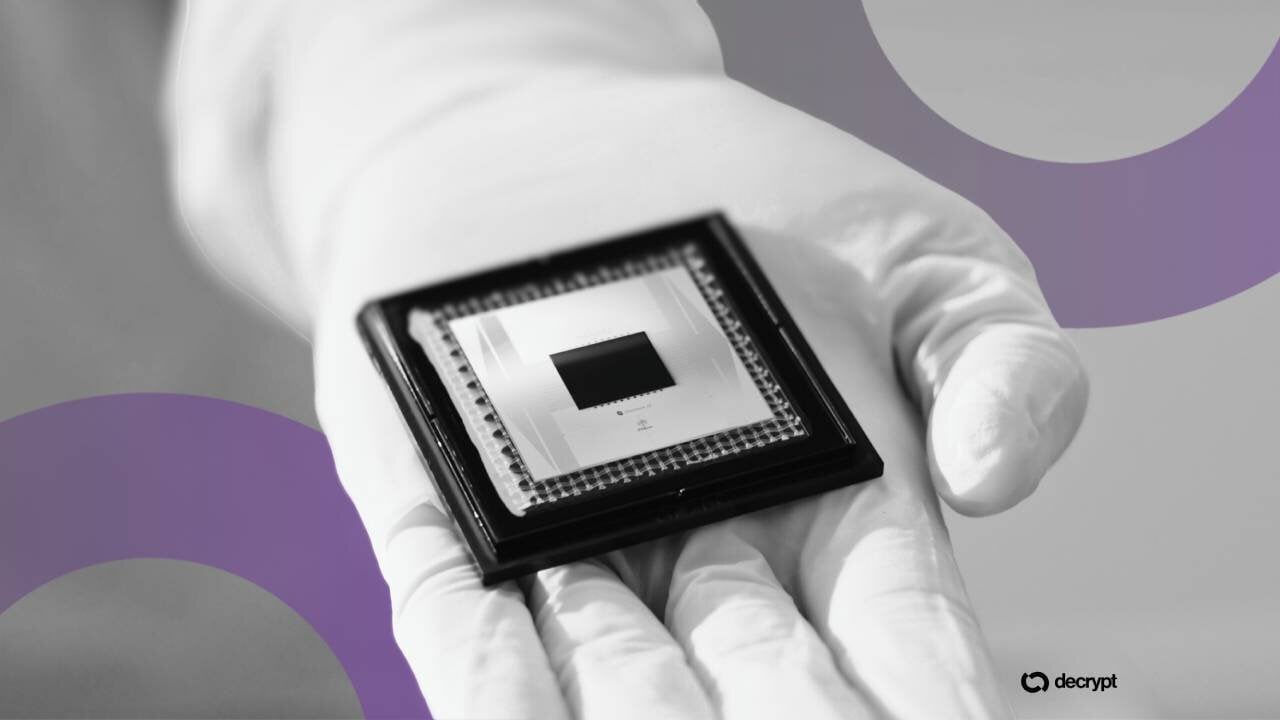Fermion Propagators: Bosonization vs. Holography
Table of Links
- Prologue
- Diagrammatic(s) Rules
- Straight-forward Eikonal
- Legacy Bosonization
- Wonton Holography
- Holographic Propagators
- Strange Cuprates
- Stranger Things
- Epilogue
Reckoning with the Mother of all non-Fermi liquids: alien bosonization vs predator holography
This note addresses the problem of computing fermion propagators in a broad variety of strongly correlated systems that can be mapped onto the theory of fermions coupled to an (over)damped bosonic mode. A number of the previously applied approaches and their results are reviewed, including the conventional diagrammatic resummation and eikonal technique, as well as the ’experimental’ higher dimensional bosonization and generalized (i.e., ’bottom-up’ or ’non-AdS/non-CFT’) holographic conjecture. It appears that, by and large, those results remain either in conflict or incomplete, thereby suggesting that the ultimate solution to this ubiquitous problem is yet to be found.
Prologue
A quest into the various metallic states of interacting fermions has been continuing over the past few decades, its main goal being a systematic classification of those compressible states and their properties. Despite all the effort, though, the only fully understood is the classical Fermi liquid (FL) while (possibly countless) deviations from it remain largely unexplored and still need to be systematized.
\ Much of the previous studies revolved around a broad class of systems governed by some long-ranged and/or retarded two-fermion interactions that are often associated with ground state instabilities and concomitant nonFermi-liquid (NFL) behaviors which may occur even in those systems whose microscopic Hamiltonians involve only short-range couplings.
\ In the close proximity to a quantum phase transition, an effective singular coupling can be mediated by (nearly gapless) collective excitations of an emergent order parameter of charge, spin, or other nature. Important examples include, both, the physical and effective finite-density QED, quark-gluon plasma in QCD, (anti)ferro-magnetic fluctuations in hole-doped cuprates and heavy fermion materials, Ising nematic and other Pomeranchuk/Lifshitz-type transitions of the itinerant Fermi surfaces (FS), even-denominator compressible Quantum Hall Effect (QHE), etc.
\ The quantum theory of strongly correlated fermions has long been in a strong need of non-perturbative techniques the use of which would allow one to proceed beyond the customary (yet, often uncontrollable in the regime of interest) approximations when analyzing generic (non-integrable) systems.
\ In that regard, it’s been claimed that a possible way out of the lingering stalemate can be found along the lines of the once popular, then (nearly) abandoned, and recently resurrected idea of higher-dimensional bosonization or provided by the never proven, yet massively entertained, conjecture of the generalized (’non-AdS/nonCFT’) holographic duality.
\ Given the current interest in such ’experimental’ techniques and for the sake of elucidating their true status it would be worth comparing their predictions, as well as contrasting them against the other available results.
\
:::info This paper is available on arxiv under CC BY 4.0 DEED license.
:::
:::info Author:
(1) D. V. Khveshchenko, Department of Physics and Astronomy, University of North Carolina, Chapel Hill, NC 27599.
:::
\
Vous aimerez peut-être aussi

Ethereum Set to Debut ‘Key to Layer-2 Scaling’ as Fusaka Upgrade Clears Final Test

IBM’s Quantum ‘Cat’ Roars: 120-Qubit Breakthrough Pushes Bitcoin’s Encryption Risk Closer
